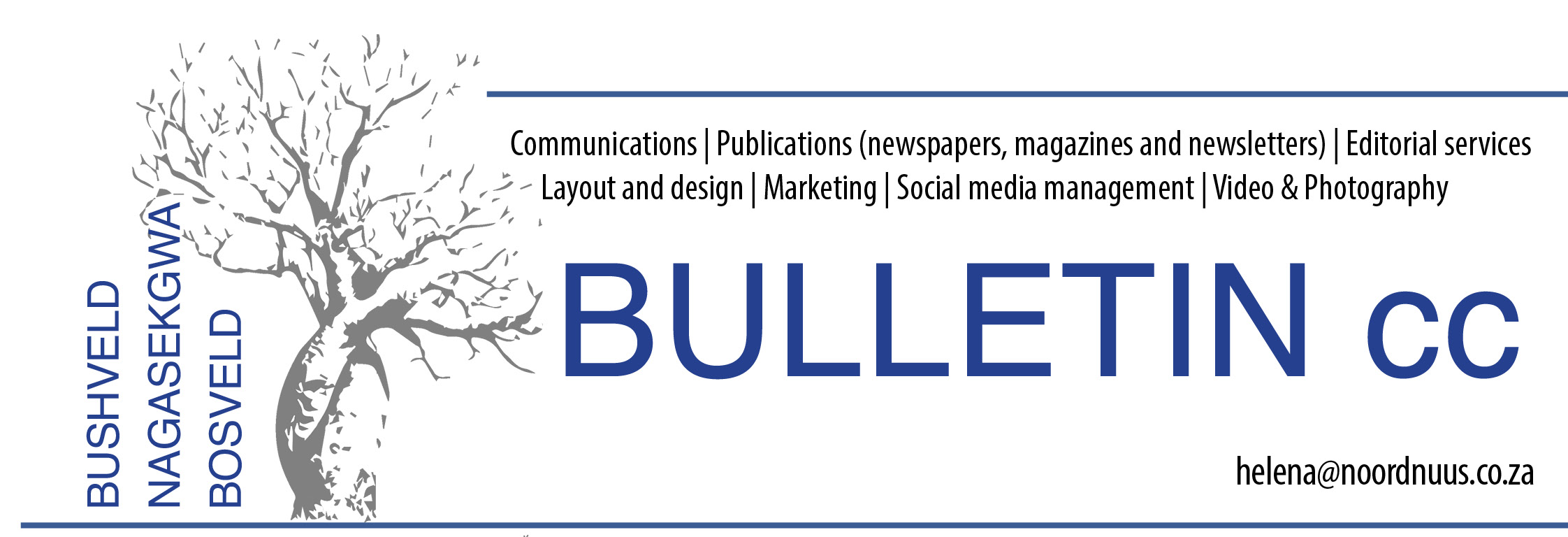Exit routes: What's the best route for your child?

We take a look at the four main final exit routes recognised by local universities to assist you in choosing the best curriculum for your child. The main routes are: the National Senior Certificate (NSC), matric through the Independent Examinations Board (IEB), Cambridge International AS level and the International Baccalaureate (IB) Diploma Programme.
There is a world of opportunities awaiting today’s learners when they leave school and neither parents not teachers or education experts can imagine what exactly to prepare for. This point is driven home by a recent Dell Technologies report which predicts that 85% of the jobs of the future don’t still have to be invented.
While there is an array of curricular options for schools in South Africa, four main final exit routes that are recognized by local universities are the National Senior Certificate (NSC), matric through the Independent Examinations Board (IEB), Cambridge International AS level and the International Baccalaureate (IB) Diploma Programme.
Local options
NSC is the official name of the South African matriculation examination and is determined in terms the CAPS curriculum (Curriculum and Assessment Policy Statement). The NSC is accredited and overseen by UMALUSI (The General and Further Education and Training Quality Assurance Authority). This is essentially what a South African matric is. It can be achieved, however, through two paths: one, through the Department of Basic Education, and the other, through the IEB.
The IEB is simply a private agency offering support and input to independent schools who wish to use them for a fee. It is a private examination setting and support agency. The vision of the IEB is to advance quality teaching and learning in South Africa through an assessment process of integrity, innovation and international comparability.
A matriculant in South Africa writes an NSC examination either set by the Department of Basic Education or the Independent Examination Board – and receives (no matter which path is followed) a Matric Certificate from UMALUSI.
Both paths set comparable examinations and no distinction may be made by any tertiary institution in terms of admission.
International options
IB is an international educational foundation headquartered in Geneva, Switzerland, and founded in 1968. It offers four educational programmes: the IB Diploma Programme and the IB Career-related Programme for students aged 16 to 19, the IB Middle Years Programme for students aged 11 to 16, and the IB Primary Years Programme for children aged 3 to 12. To teach these programmes, schools must be authorized by the International Baccalaureate.
“The IB is needed to combat the deeply worrying trend in the past five years towards nationalism, xenophobia and populism, where strong male leaders manipulate truth in their own interests in a way that we have not seen since the collapse of communism at the end of the 1980s. The IB, with its focus on global understanding and cultural diversity, is needed more than ever. The IB’s theory of knowledge helps students to understand the difference between truth and falsehood far better than any other education system,” says Sir Anthony Seldon, one of the United Kingdom’s leading education experts.
With a strong focus on languages, science and maths, Cambridge Assessment International Education prepares school students for life, helping them develop an informed curiosity and a lasting passion for learning. The school curriculum is part of the University of Cambridge.
“Our international qualifications are recognised by the world’s best universities and employers, giving students a wide range of options in their education and career. We devote our resources to delivering high-quality educational programmes that can unlock learners' potential,” Cambridge International says on its website.












0 Comments